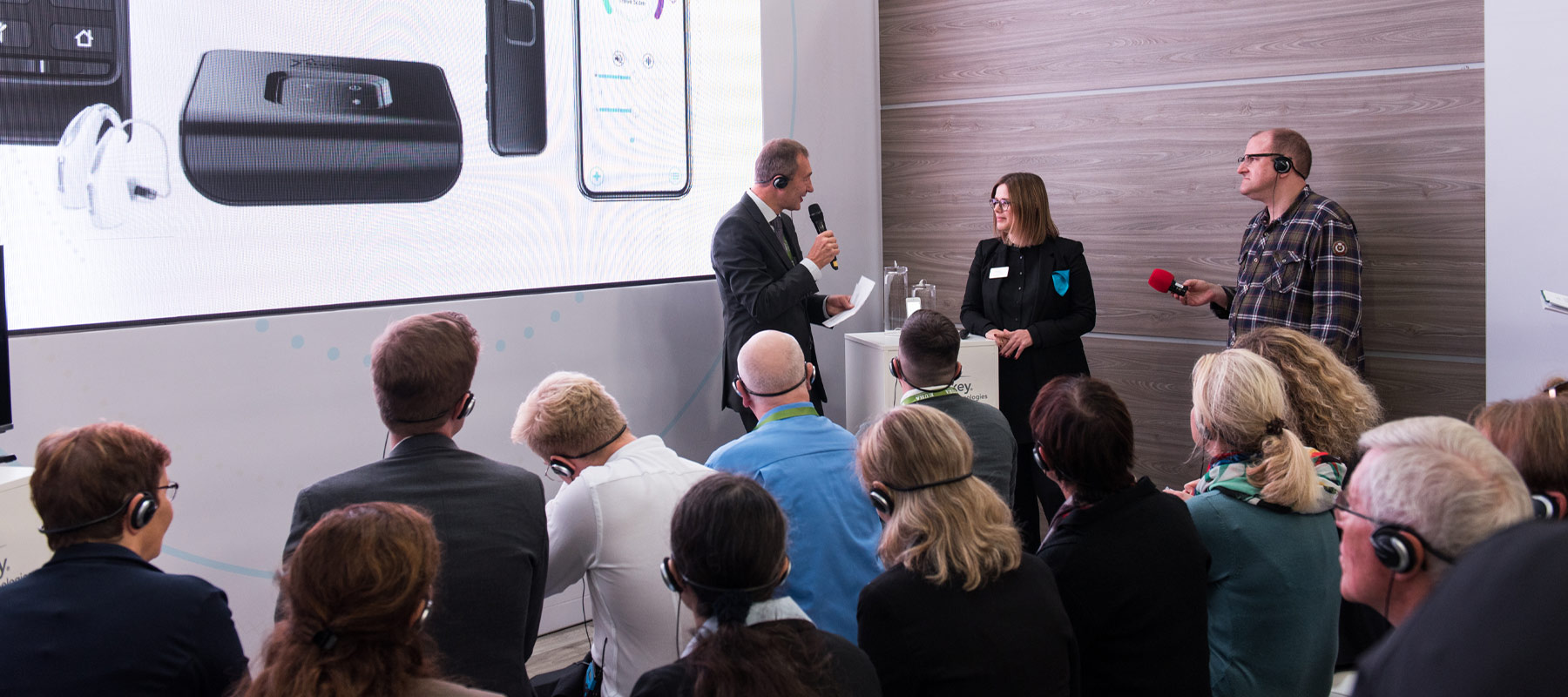Making Your Trade Show Exhibit More Accessible

The key to exhibiting with authenticity is showing up on the exhibit floor with the same values that your company holds. If accessibility and inclusivity are central values of your company, it’s worth going the extra mile to exhibit with those same values in mind.
Creating greater accessibility goes beyond simply designing clear pathways throughout your trade show booth. Here are four simple tactics you can incorporate into your next trade show booth to make a more accessible experience for all:
Incorporate Closed Captioning
Digital media and video content often play a big role in the presentation of information within trade show booths. Whether you are using tablets, small monitors, or large-scale LED panels, consider adding closed captioning to ensure everyone can understand the message you are communicating.
Use Accessible Materials for Signage
While a company’s facility has braille as a part of their wayfinding and signage, carrying this writing system into the engagement touch points of your exhibit allows for greater involvement.
Provide Additional Seating Options
To accommodate visitors who may not be able to stand for long periods of time, include additional seating of various forms. It is important to provide seating options throughout your exhibit, including at product demonstrations and informational areas to create more opportunities for everyone to engage for however long they’d like.
Include an ASL Interpreter for Content Presentations
For speakers, product launches, or in-booth presentations, having an ASL interpreter co-present the presentation’s content creates a more accessible experience for all of your attendees.
Trade show exhibits that are accessible to all attendees create an inclusive and welcoming environment where everyone can engage. When you bring accessibility to your exhibit, you tangibly demonstrate your company’s commitment to accessibility and inclusivity furthering their trust in your brand.
Looking to make your trade show exhibit more accessible? Contact us.
Share this article